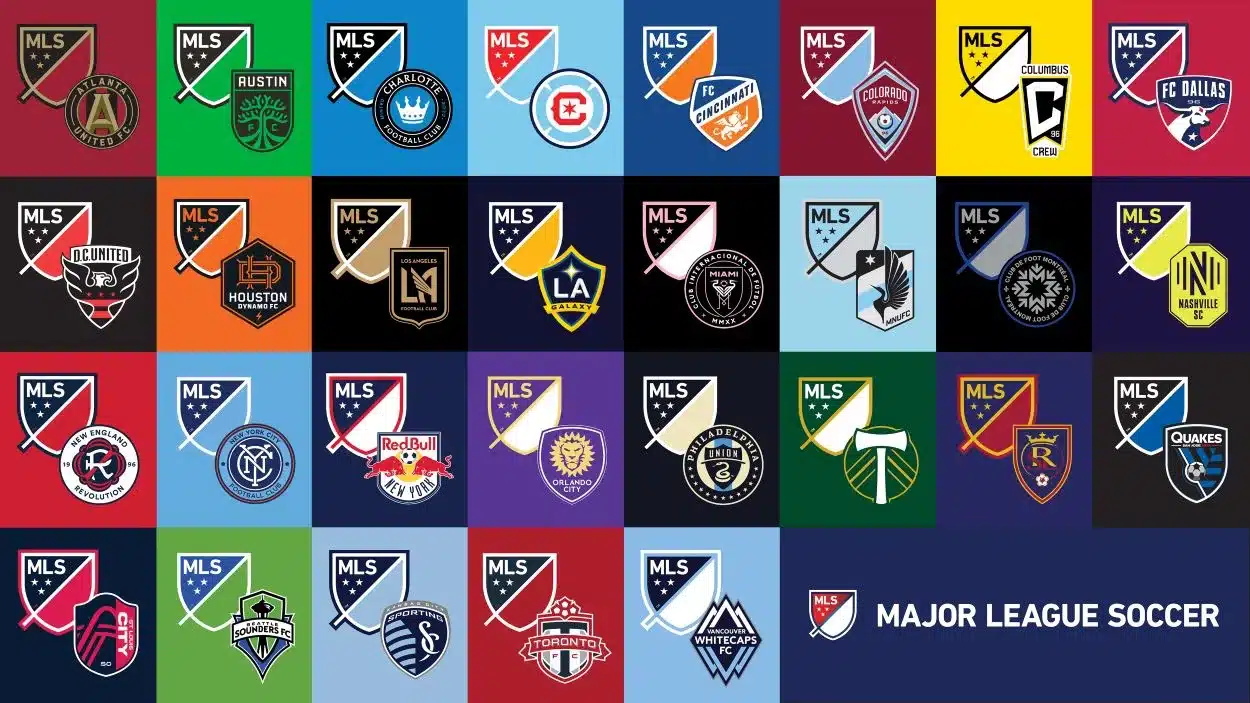The Major League Soccer (MLS) has emerged as a new entity in the world of football, competing with the Brazilian league for top Latin American players.
The MLS has already surpassed Argentina’s and Mexico’s top divisions as the primary challenger to Brazil’s football hegemony. Due to a shift in strategy, the league has successfully attracted young Latin American athletes.
The MLS now focuses on signing talented Latin American players who would otherwise pass through Brazil to Europe. This strategy has improved the quality of play in a 1996-founded league and generated profits for the MLS by attracting European teams.
Since 2021, the MLS has spent the most on transfer fees in the Americas, according to FIFA. In 2021, the league spent $159.9 million on transfers, three times as much as Brazil, five times as much as Mexico, and eleven times as much as Argentina. Even when the other three leagues were recuperating from the pandemic in 2022, the MLS continued to outspend the Argentine and Mexican leagues by more than two to one and the Brazilian league by more than 1.6 to one.
While the MLS is progressing in football, its teams have much ground to make up on the field. Mexican teams have won the premier CONCACAF competition 37 times, while the MLS has only won thrice. However, the MLS aspires to become the premier league in CONCACAF and compete with the world’s finest leagues.
Flamengo and Palmeiras have won the last four Copa Libertadores titles, continuing Brazil’s dominance in Latin American football. In addition, the Brazilian teams of Luis Suarez, Arturo Vidal, and Marcelo have successfully attracted aging talents. Brazilian organizations also generate more revenue than clubs in any other country in the Americas.
In 2022, the Brazilian league sold 998 players for $267,2 million, nearly as much as Argentina ($146.6 million) and the MLS combined ($135.2 million). However, despite selling 166 additional participants, the number is 30% lower than in 2018. The inability of Brazilian clubs to sell players optimally is attributed to disorganization, prompting European clubs to recruit Brazilian talents at earlier ages.
Similar problems exist in Argentina, including a shortage of dollars used in international remittances, a devaluation of the peso, and high inflation. In 2022, Argentine teams will spend 20% less on transfers than in 2018, resulting in 26% fewer transactions. Compared to 2018, the average age of players in the Argentine league has increased to 26,7 years, making it less alluring to young players from other South American countries. Argentina is the second-largest exporter of players globally, with more than 1,000 players currently competing in foreign leagues.
Historically, Mexican clubs have been able to pay enormous transfer fees and offer attractive compensation. Nonetheless, transfer expenditures have decreased by over a third over the past five years, while fees have increased by fifty percent.
Thiago Almada exemplifies how the MLS’s new strategy yields fruit despite Brazil’s continued dominance. In February of 2022, Atlanta United paid Velez Sarsfield $16 million to acquire him.
Ten months later, Almada became the first active MLS player to win the World Cup. The MLS is the second-most valuable football league in the Americas, with its 29 teams’ squads collectively valued at $1.25 billion, second only to the 20 Brazilian teams’ squads worth $1 billion.





